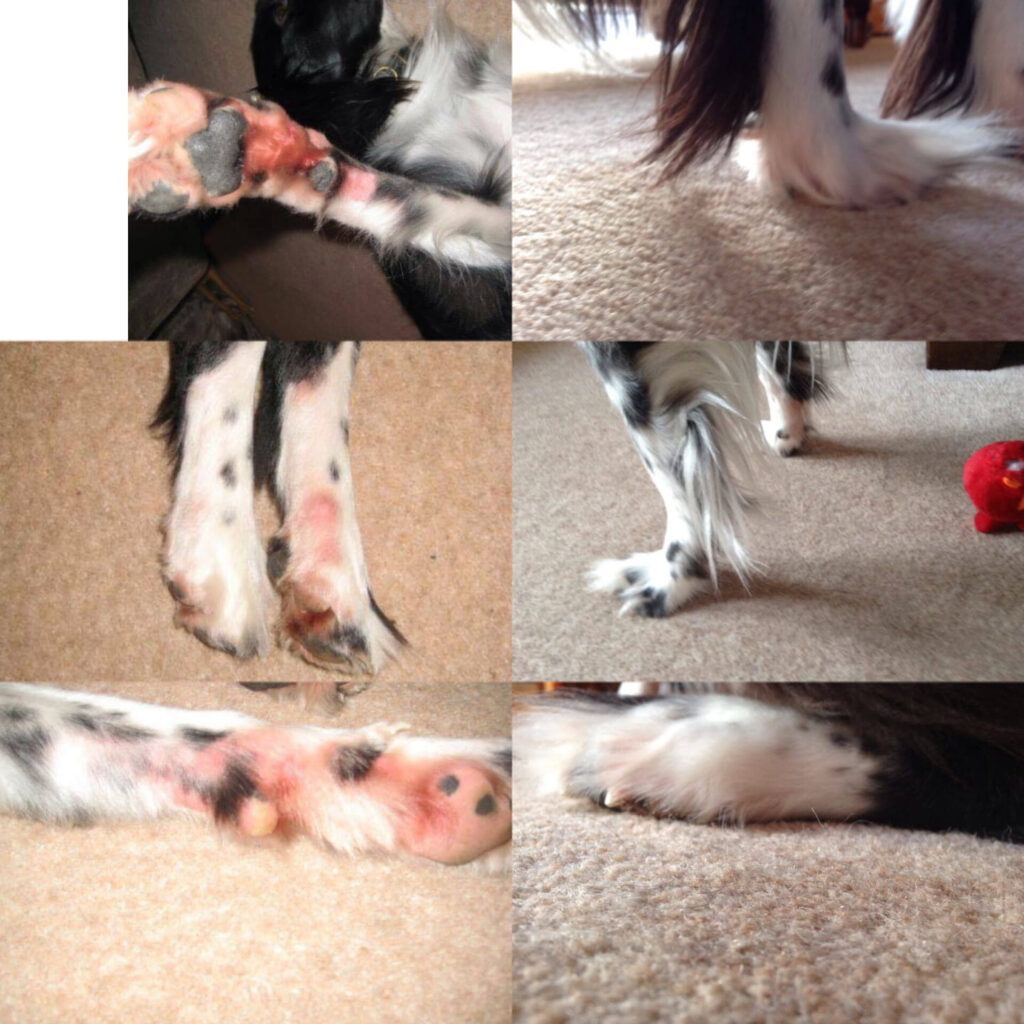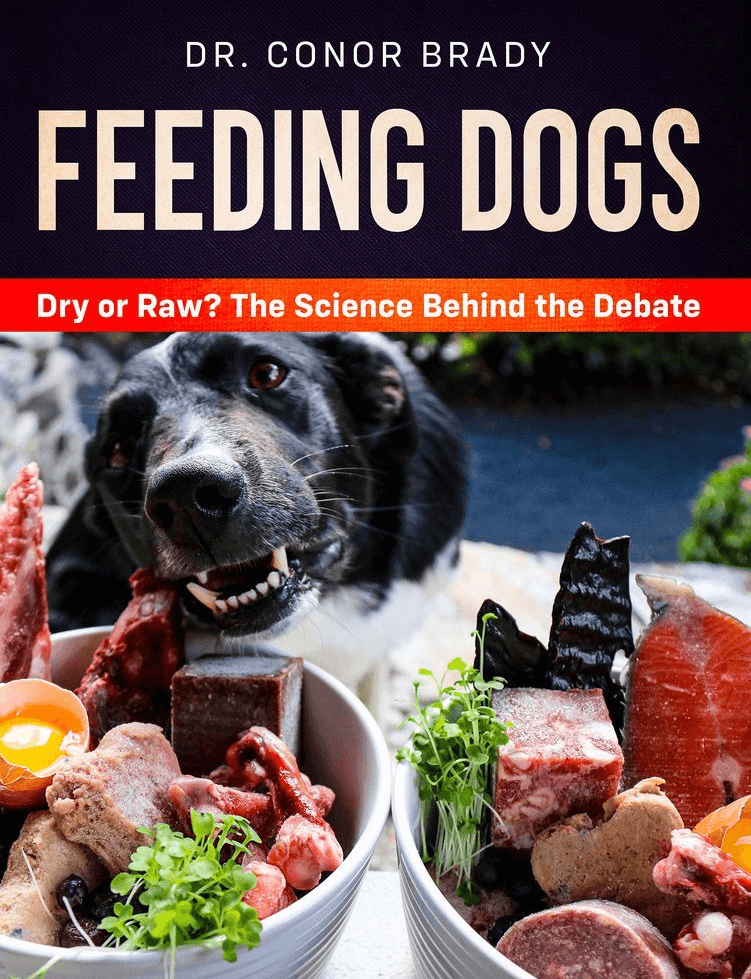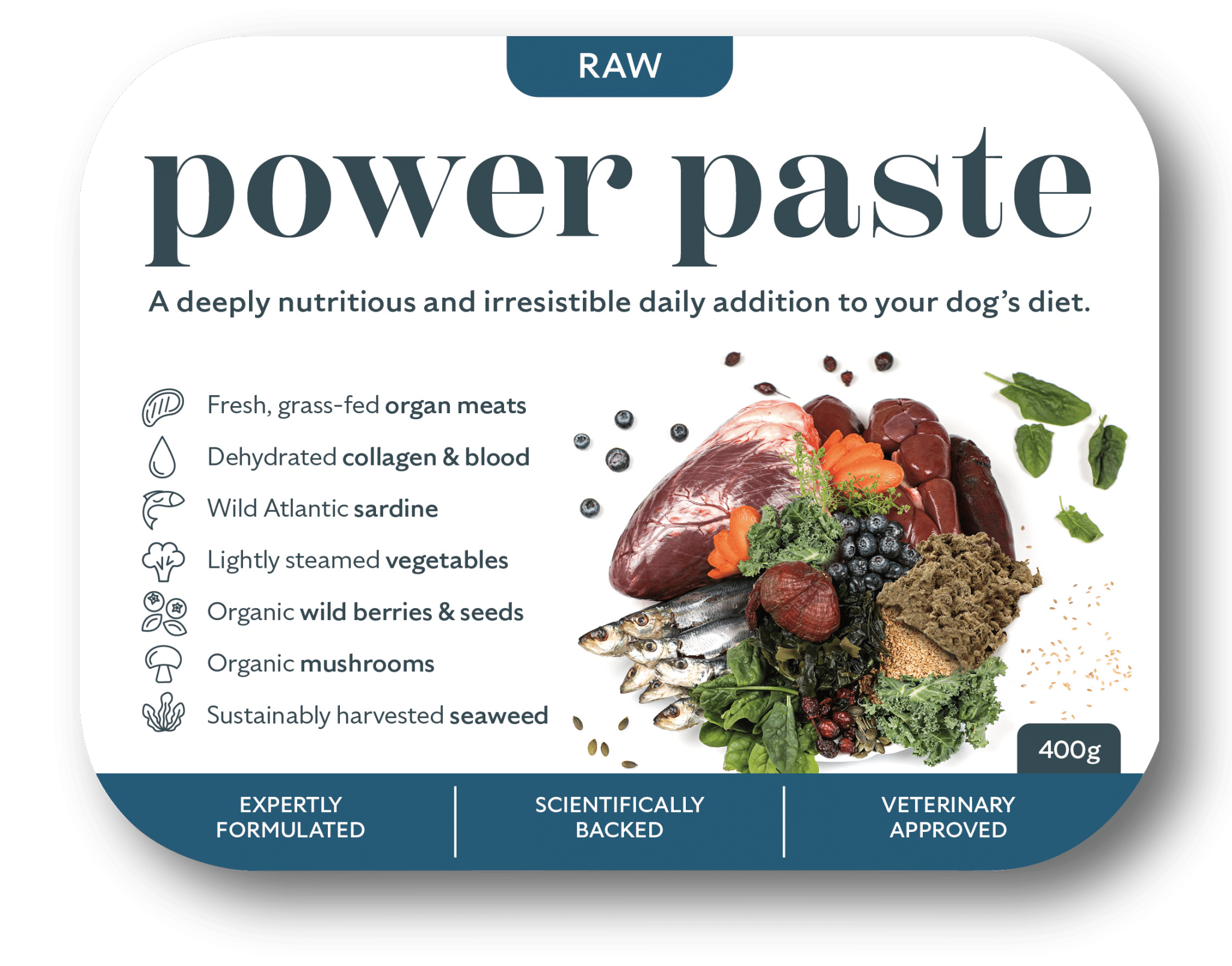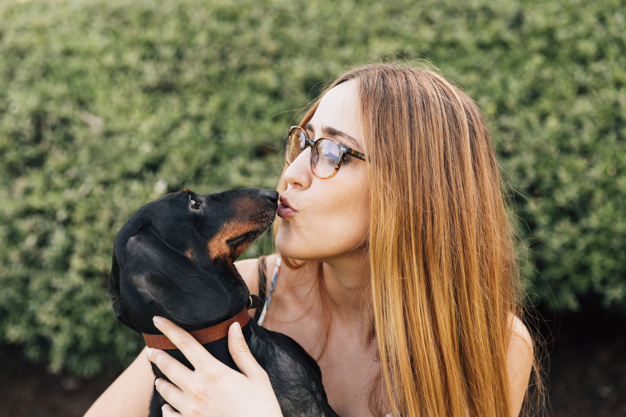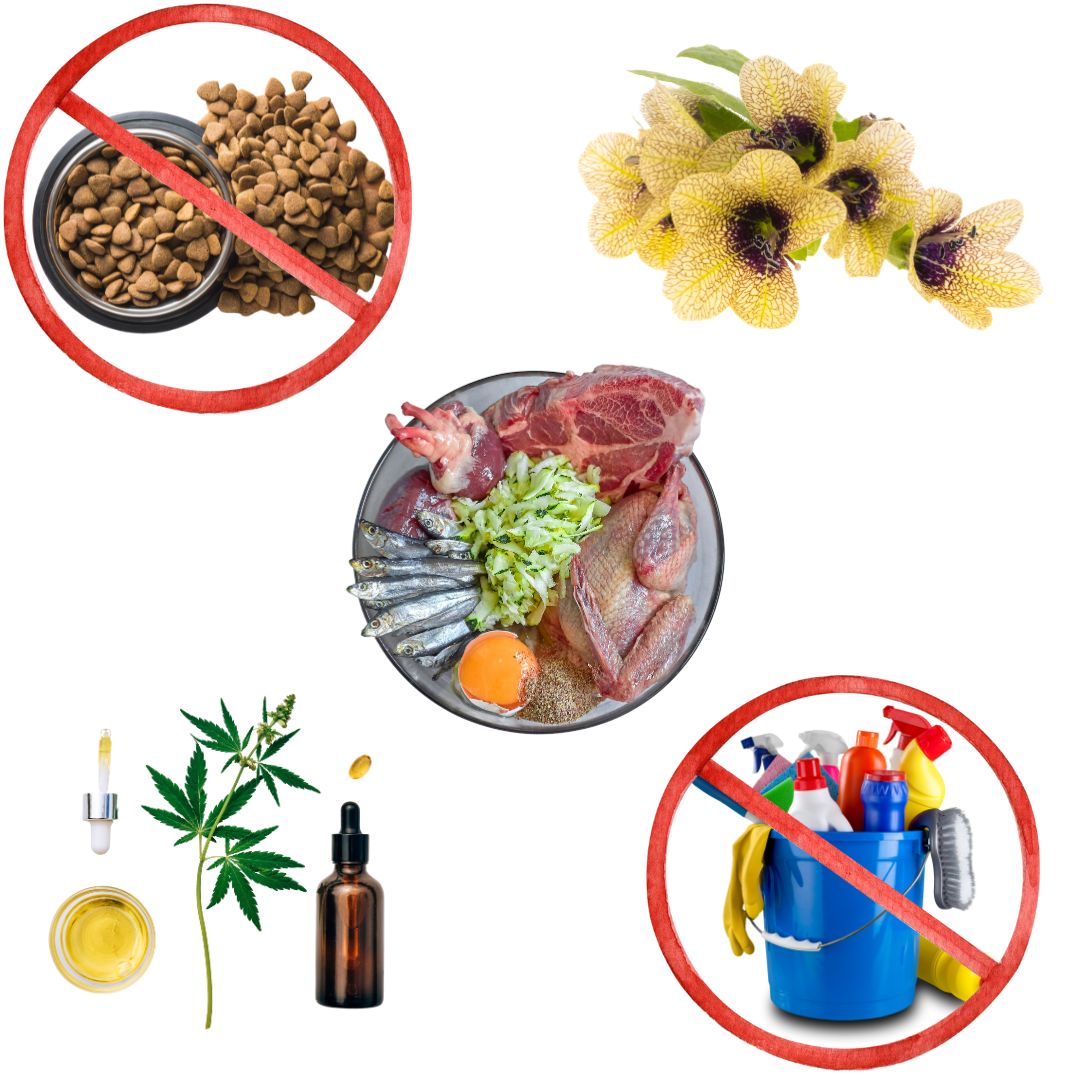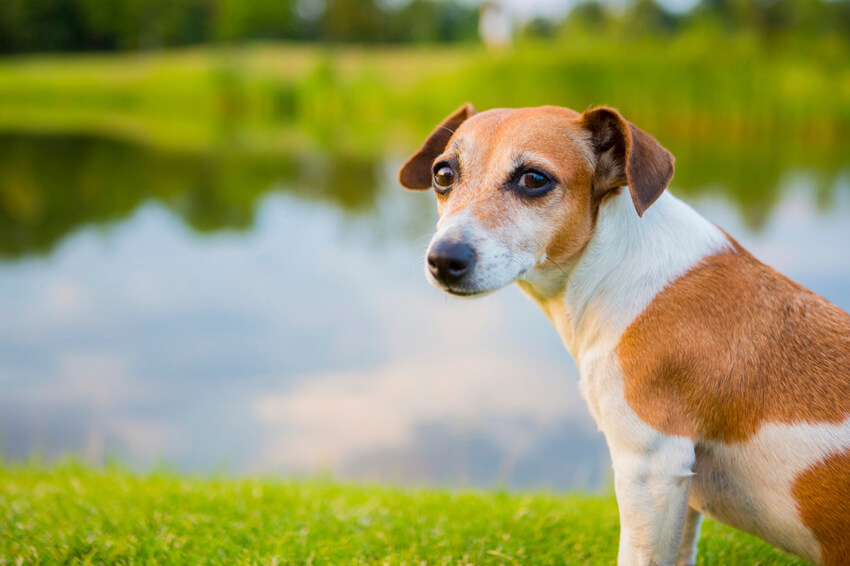The Top 5 Benefits of Raw Food For Dogs (Reasonably Anecdotally)
Below are the top five benefits of feeding dogs a fresh, species appropriate diet of raw meat and bone. They are in no particular order, except perhaps order of appearance to the naked eye. They sum up not just my experience over the last 12 years and now thousands of dogs but, it seems, everyone online and indeed every vet at the Raw Feeding Veterinary Society. That is now the experience of millions of pet owners. To both save time and to promote my forthcoming book, I will be using swathes of my new book to support various parts of this article. Any references mentioned available on request.
1. Raw Feeding Leads to Better Coat Condition.
The first physical change you will see, if you are not a trainer or behaviourist, is likely in the quality of your dog’s coat. Within weeks the coat will. become soft to the touch and they will shine with health. Here’s why:
Coat condition is one of the top benefits cited by raw feeders. There are many potential reasons for this, including the dire lack of absorbable zinc in dry pet food and the lack of fresh fats. But the role of good quality protein is perhaps the most crucial. Your dog’s skin and coat are made up almost exclusively of protein. In fact, up to 30% of the protein your dog consumes goes into maintaining their skin and coat each day. (Ref 87-88) When you force a dog to exist on the minimum amount of protein required for normal function, you starve less essential processes of the protein they need to look fabulous. Researchers at the University of California, Davis, California, observed that a raw meat and bone diet was not only easier to digest but produce a softer, fuller coat than complete, cereal-based dry food in cats (Ref 89) though, sadly, they failed to measure it in any meaningful way.
With little to no carbohydrate filler, raw dog food contains a lot of easier-to-digest fresh meat protein, fresh fat and easier to digest sources of both zinc and vitamin E, both of which are critical nutrients to the health of their coat. These work together to fuel a luxurious coat, like the one you can see on Hector above (that’s not a doctored image!).
2. Raw Feeding For Better Dental Hygiene
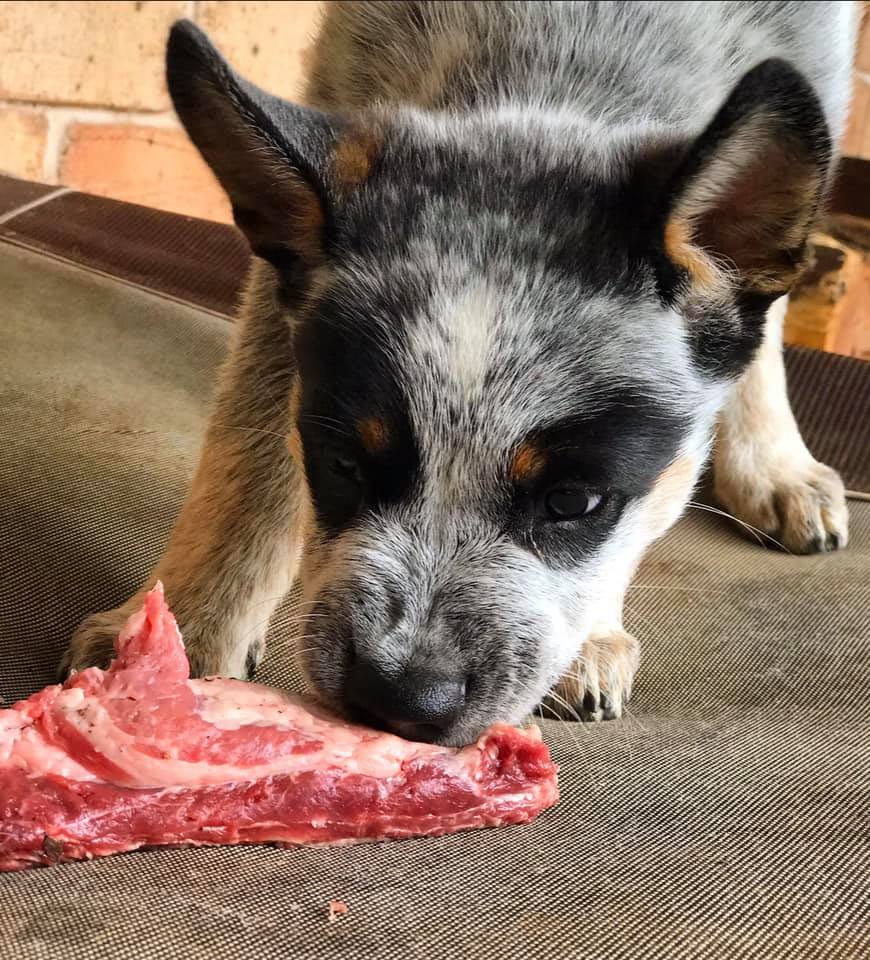
Gum disease is very bad news for the dog, an issue that goes far deeper than simply unsightly tartar and bad breath. We have known for 100 years that dogs need some hassle factor in their diet to keep their teeth clean. Gray (1923) highlighted how dental problems were a result of “dogs fed soft diets with insufficient dental activity…in cutting and tearing raw flesh, breaking or crunching bones, and using their teeth in ratting and rabbiting etc”.
Numerous studies since verify this. Brown and Park (1968), replaced the moist kibble ration fed to 30 dogs that were displaying dental calculus and tooth loss, with beef oxtail. Two-thirds of the dog’s calculus was removed within 24hrs after the first oxtail feeding, this increased to 95% by the end of week 2. Interestingly, the same authors note that oxtails, consisting of hard spinal vertebrae, were fed to over 200 dogs for more than six years and “no harmful effects were observed”.
8/10 dogs are dry fed.
8/10 dogs suffer gum disease by 3 years of age.
Does anyone believe this is a coincidence?!
Feeding your dog raw meat on the bone is not only safe but vital (if feeding ground pre-mades, you need to raw bones weekly – here’s an extensive article on how to feed bones safely to dogs).
Kibble admits it is the problem by bringing out magic “dental” kibble which are simply a larger size but at the same time implying the other products in their range are not good for teeth. But abrasion is just one part of it. As carnivores, dogs have no amylase in their saliva (the enzyme that breaks down carbs, they historically has no need of such an adaption), the sugar hangs around fuelling bacterial growth.
3. Raw Feeding For Muscle Tone

Very few land animals that we know of benefit from being fat. Fat drives the inflammatory process and only serves to weaken you over time. Dogs are no exception. They are long distance runners at heart. Lean dogs not only live longer but suffer less inflammation, less arthritis and are cheaper to keep! For some breeds it’s even more important. See that Frenchie above? That’s what you want. But how many of this breed do you see looking like little coffee tables waddling about the place, gasping for breath? Most of them. This angers me greatly and I will advise the owner whether they want to hear it or not – your dog needs a lean protein diet void of carbohydrates immediately.
Dogs are undoubtedly obligate carnivores (or, if it makes you feel better, omnivores with a very, very high meat content to their diet). Studies show the typical wild prey of the dog are very lean, starting at 4 parts protein and 1 part fat, and often getting far leaner from that point. This is means a diet of lots of lean meat, some fat and little to no carbohydrates.
This is why everyone, even the dry pet food producers and their mouthpieces (AAFCO below), admit dogs have ZERO need of carbohydrates in their diet. This is practically the definition of a carnivore.
Canis lupus sub-species do not consume plant carbohydrate by means of nutrition
Sillero-Zubiri et al. 2004
Dogs have no requirement for plant carbohydrate
Association of American Feed Control Officials (AAFCO) 2016
There appears to be no requirement for carbohydrate [in dogs] provided enough protein is given.
National Research Council (NRC) 2006
Raw feeding is the practice of feeding the dog the most suitable, very best diet we can. Hence, recipes raw meals for dogs are very low and often void of any cereal filler (carbohydrates).
It happens that this lean diet, high in protein, is exactly how you get your dogs weight and muscle tone right. Think about it, can you imagine a guy going to the gym bulk up his diet with 50% bread? Of course not. Protein is the building blocks of not just muscle but their organs, skin, hair and joints. It is everything. There is no alternative. They need lots of it every day. When you feed it to them, they will gradually shed the carb-fuelled pudge (rapidly digested carb-fillers like cereal, rice and potatoes ingredients, on top of making you fat, make you retain an unnecessary amount of water) to reveal their beautiful, sleek, firm body.
4. Raw Feeding for Better Behaviour
I have a doctorate studying the effects of diet on the behaivour of mammals so when I was a trainer in guide dogs for years, I was always going to be interested in the effect of good food on my dogs. I saw an almost instant change in their form, more relaxed after dinner but more focused for training. More stamina for their work. Quieter kennels. You name it, I witnessed fresh, species appropriate food fuel better behaviour in these animals. Now some of the top behaviourists are verifying this, noting that significant improvements in behaviour occur when you switch your dog from dry to raw.
Dry pet food is thought to fuel poor behaviour in three ways:
- Dry food is high in easily digested carbohydrates, which fuel high blood sugar and thus insulin spikes, long linked to poor behaviour in children.
- Dry food is full of chemicals you would’t give to the mother in law, the vast majority of which are not required to make the label. An old nutritional adage in dietetics (the effect of food on behaviour) – if you can’t pronounce it don’t feed it to a hyperactive kid
- Dry food is low in many nutrients know to improve behaviour, including a notoriously irregular vitamin B content (the mind soothing vitamins, they hate heat, light and air), vitamin E and almost every antioxidant you can think of (as they are not “required” to be included in pet food).
DOGS FIRST LOVES PALEO RIDGE RAW
“Despite being a vegetarian and animal welfare advocate, I’m first and foremost a canine nutritionist. This animal needs fresh meat and bone. This is why I use Paleo Ridge raw dog food, UK’s favourite raw dog food. It’s the most ethical raw dog food company I can find – all outdoor-reared or wild meat mixes and largely organic. Even their packaging is biodegradable. All for little more than their competitors.
I now participate in the new Online & Local scheme – it enables you to buy your Paleo from me at no added cost to you, helping me to keep researching and writing. Win win. Thanks for your support!
5. Raw Fed Dogs Produce Less Waste which is Better for Kidneys and Makes Pups Easier to Housetrain!
The amount of salt in dry pet food begins at 1%. This is the same salt content as salted peanuts. If there was no salt in the dry foods, the dogs would not touch the stuff.
The average labrador requires 1g of salt per day for normal function (NRC 2006). If a labrador is fed 500g of this crap, they are consuming 5 times their RDA of salt in every single meal. Bear in mind if we humans eat 9g of salt per day instead of 6g we die much younger…and this figure multiplies for puppies who eat far more as a percentage of their body weight. Unless dogs are spitting salt out of their noses like marine iguanas, this is very bad news for struggling kidneys. Dry food companies recognise this and so sell reduced sodium dry food for when the problem sets in, which is so nice of them, after their product rotted those kidney in the first place.
An added benefit of lower salt diets is that pups are easier to train. As you might expect, dry fed dogs drink huge amounts of water, causing higher amounts of urine.
Then there’s faeces! The stool is the window of digestion. As fresh, species-appropriate pet food is easier to digest than ultra-processed pet food, it leads to improved digestion, meaning less faeces. Stools from raw dog food also smell nothing like the stools from dry dog food, another little benefit.


